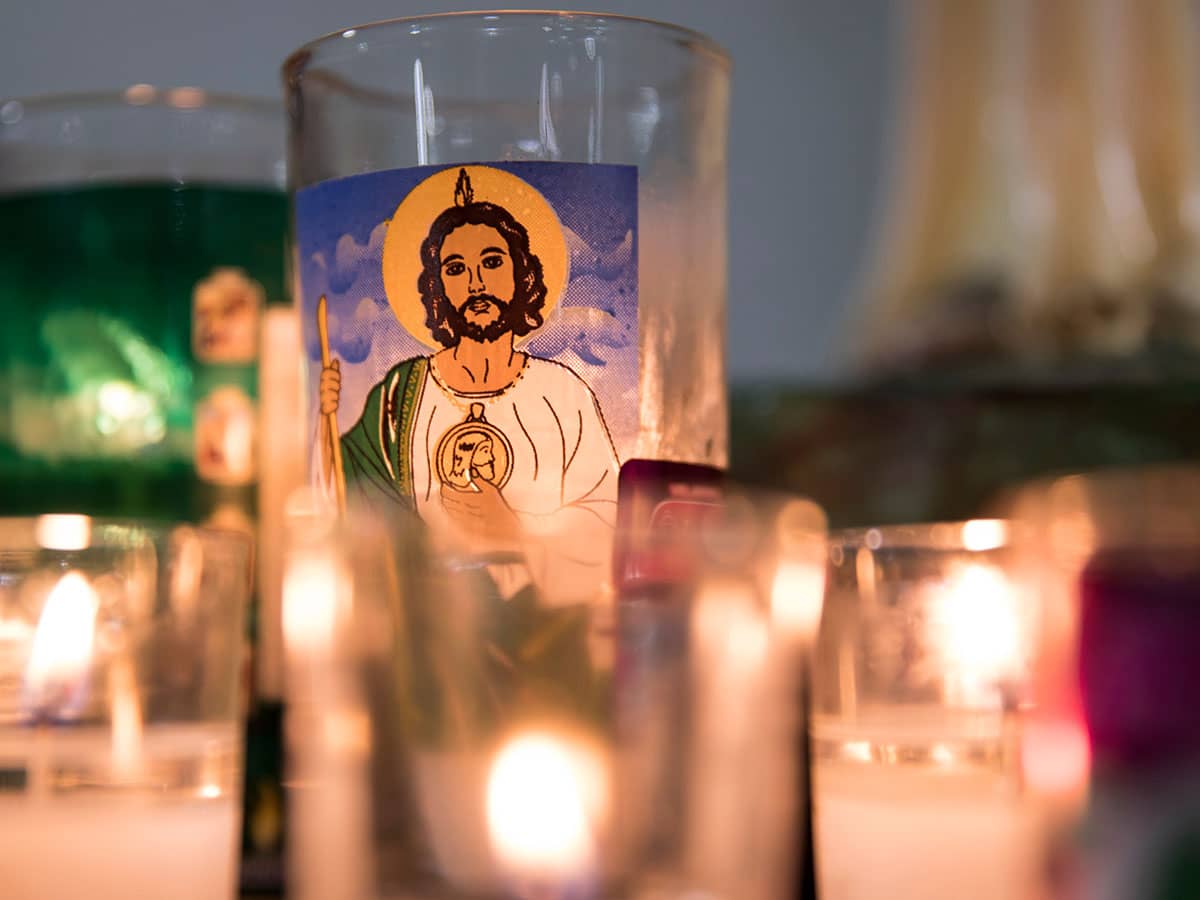On October 16, 1978, the Catholic Church was in a state of spiritual shock. The fifteen-year papacy of Paul VI, whom many veteran churchmen considered the perfectly prepared pope, had concluded in division and exhaustion. The bright promise of the Second Vatican Council was a fading memory. Paul's successor, John Paul I, seemed on the verge of revitalizing the papacy when he died after a mere thirty-three days in office. To whom would the college of cardinals turn now?
Few expected that they would turn to Karol Wojtyla, the 58-year-old archbishop of Kraków. But after the first day's balloting had revealed a deadlock between the two leading Italian candidates, the cardinals made the historic decision to look beyond Italy for a pope, and Wojtyla was quickly chosen. His appearance on the loggia of St. Peter's Basilica that night was the first surprise; many in the vast crowd had never heard of "Wojtyla," thinking the name Asian or African. But the surprises continued as John Paul II broke centuries of precedent and began his pontificate with an impromptu address in Italian, reassuring the worried Romans that, from this moment on, he, too, was a Roman. When he asked them to correct any mistakes he might make in "our Italian language," they cheered wildly.
Six days later, at his papal inauguration, the surprises continued. In his homily, John Paul II challenged the Church to regain its evangelical fervor and its nerve, particularly in defending the fundamental human right of religious freedom throughout the world. After the three-hour ceremony ended, he refused to retreat into the Vatican basilica but walked toward the vast throng in the Square, waving his papal crozier as if it were a great sword of the spirit. When a small boy burst through the security cordon to present him with flowers, fussy local clergy tried to shoo him away; John Paul II swept him up in an embrace. The crowds refused to leave until John Paul told them, "It's time for everyone to eat lunch, even the Pope!"
It would be a serious mistake, though, to think of this as the showmanship of an accomplished actor. John Paul II's conduct of the papacy, however surprising it was to some, was based on a firmly held set of convictions. Bishops, he believed, were primarily evangelists and teachers, not managers. That was the way he had been the archbishop of Kraków, and that was how he thought he should be the Bishop of Rome. In doing so, John Paul II, 263rd successor to St. Peter, brought the papacy into the 21st century by retrieving the first-century model of the Office of Peter in the Church. In the New Testament, Peter is not the chief executive officer of a small niche company, "Christianity, Inc." Peter is a witness, an evangelist, a pastor, the center of the Church's unity. John Paul II revitalized that ancient concept of the Office of Peter for the third millennium, using all the instruments of the communications and transportation revolutions to bring Peter to the world.
In the course of this dramatic renovation of the world's oldest institutional office, he continued to surprise. Throughout his pontificate, he was a magnet for the world's young people, who flocked to him by the millions. In the early years of his papacy, some of this almost certainly reflected the contemporary cult of celebrity. But that was not all it was, and his status in the 1980s as a global superstar did not explain why John Paul II continued to attract the young when he was visibly weakened by disease and age.
Why did the Pope remain a compelling figure for the young? One reason was his transparent integrity. Young people have acutely sensitive hypocrisy detectors; in John Paul II, they saw a man who believed what he said and acted out his beliefs. There was no "spin" here--only integrity all the way through, the integrity of a man who committed every facet of his life to Jesus Christ. This was immensely compelling.
And they listened. Not all of them agreed. But they came, in their millions, and listened. There is little doubt that many were changed by the encounter.
John Paul II, the Pope from intensely Catholic Poland, also surprised many by his ecumenical initiatives and the passion of his commitment to a new relationship between Catholicism and living Judaism.
No Pope since the split between Rome and the Christian East in 1054 did as much to close that first massive breach in the unity of the Church. No Pope since the Reformation spent more time in dialogue with Protestant Christians. No Pope ever asked Orthodox and Protestants leaders and theologians to help him think through an exercise of the papacy that would serve their needs.
None of this bore immediate fruit. After an immensely difficult twentieth century, Orthodox Christianity was in no condition to respond to John Paul's suggestion that he sought no jurisdictional role in the East and that it ought to be possible to return to the way things were before 1054. And while significant theological advances were made in the ecumenical dialogue with Protestants-- notably the 1999 Joint Declaration on Justification by Faith by the Catholic Church and the Lutheran World Federation--it became clear throughout the pontificate that new, Church-dividing issues had emerged since the sixteenth century. Yet despite these frustrations, John Paul II secured the quest for Christian unity in the heart of the Catholic Church. Seeds he has planted will germinate in the third millennium.
He was a Pope of many surprises. French journalist André Frossard understood that when, shortly after John Paul's election, he wired his French newspaper, "This is not a Pope from Poland. This is a Pope from Galilee." And that, in retrospect, was the greatest surprise of all.

